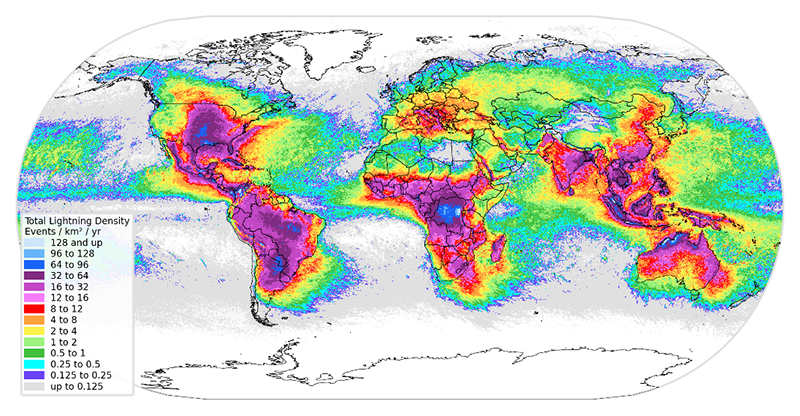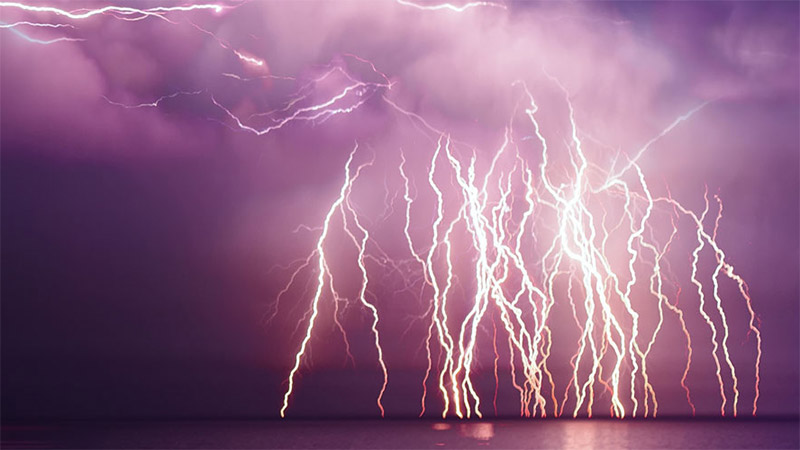The role of lightning detection networks
Lightning detection networks have been around since the early 1980s, so what could possibly be new? Plenty. As technology advances in communication and accurate timing, the sensors and the software need to be constantly updated. As communications protocols improve, the lag time from lightning occurrence to lightning user can shorten. As better fundamental understanding of lightning develops worldwide, we can take advantage of these improvements.
On the global scene, lightning detection by Vaisala’s Global Lightning Dataset GLD360 network has improved significantly from the original average location accuracy of 5 - 10 kilometers over 10 years ago. During the last year, the average location accuracy has improved to 1.0 kilometer; that’s an amazing accomplishment based on many intellectual, software, and hardware developments. The ability to tell cloud-to-ground from in-cloud lightning has also steadily improved.

In the U.S., Vaisala’s National Lightning Detection Network NLDN has benefitted from technological advances to reduce the lag time from when lightning happens to showing up on a user’s screen to 12 seconds with industry-leading precision across the continental United States. In addition, ongoing research has improved the ability to separate in-cloud pulses from the weak cloud-to-ground events. This vexing problem has eluded easy resolution but Vaisala has used internal and external research to insert better methods into the NLDN.
Why are these important? First, reducing lag time in NLDN means that users can make decisions to stop recreation, aviation, or other outdoor operations more quickly. And they can resume more quickly when every minute counts for efficiency. Second, the confidence in separating in-cloud from cloud-to-ground lightning means that users can be more certain of knowing what actually affects their ground operations. Third, the greater global accuracy of GLD360 ensures that users can apply the data to more precise applications everywhere than ever before.
These technological advances do make a difference in lightning safety, and Vaisala’s NLDN and GLD360 networks are at the forefront of every advance.




Add new comment